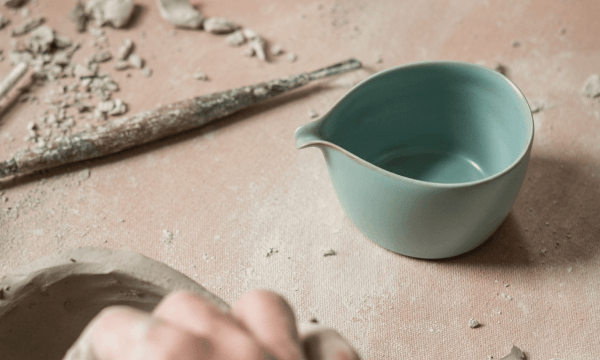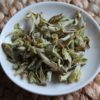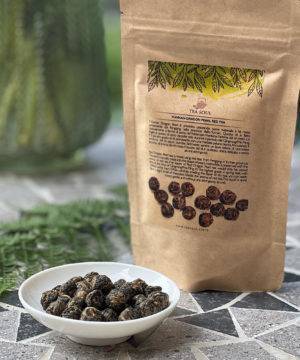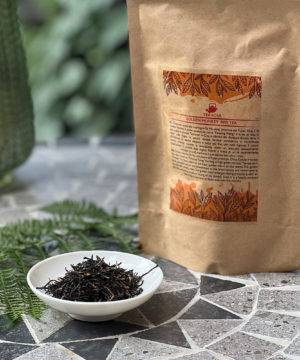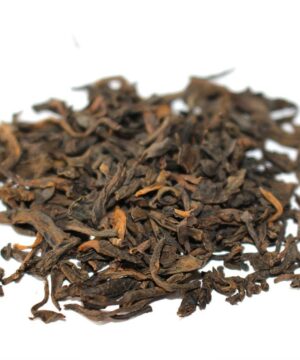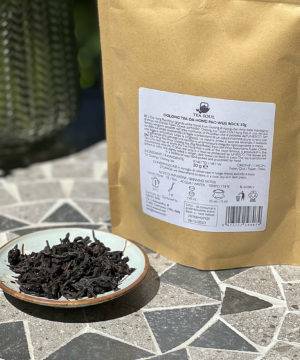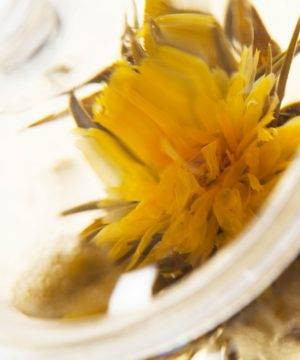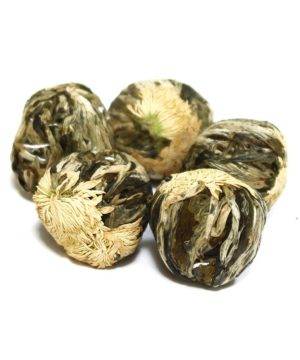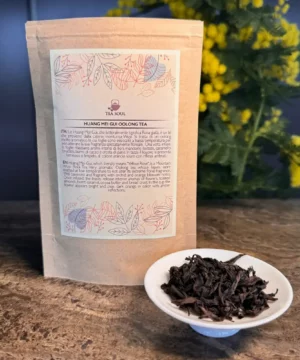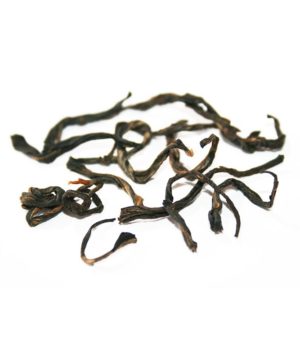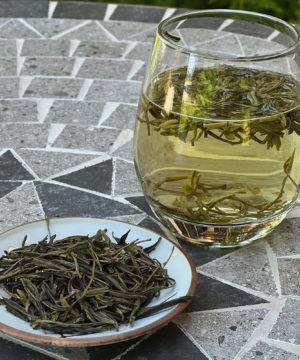

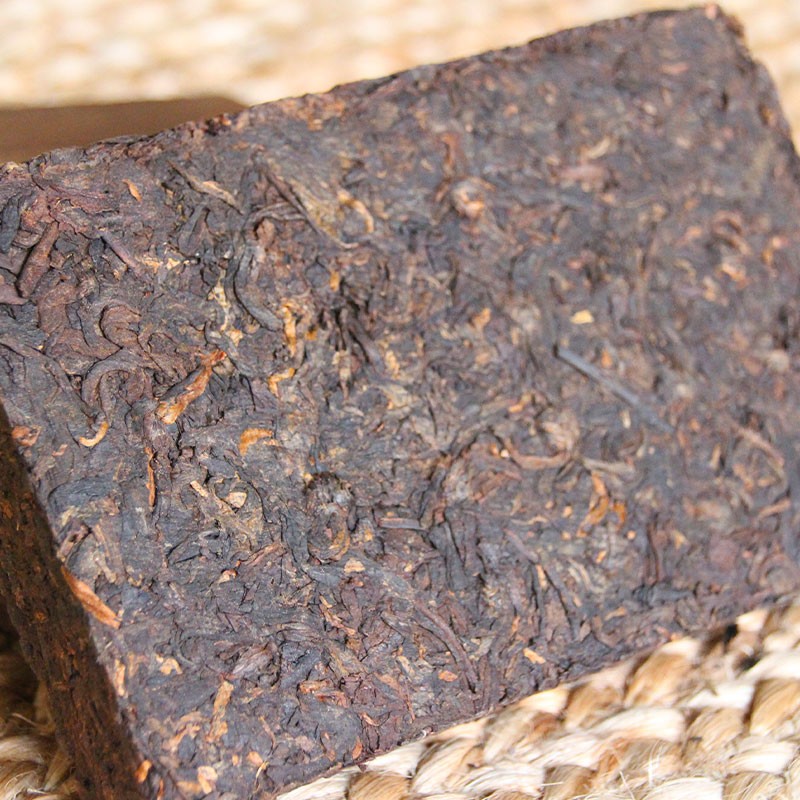

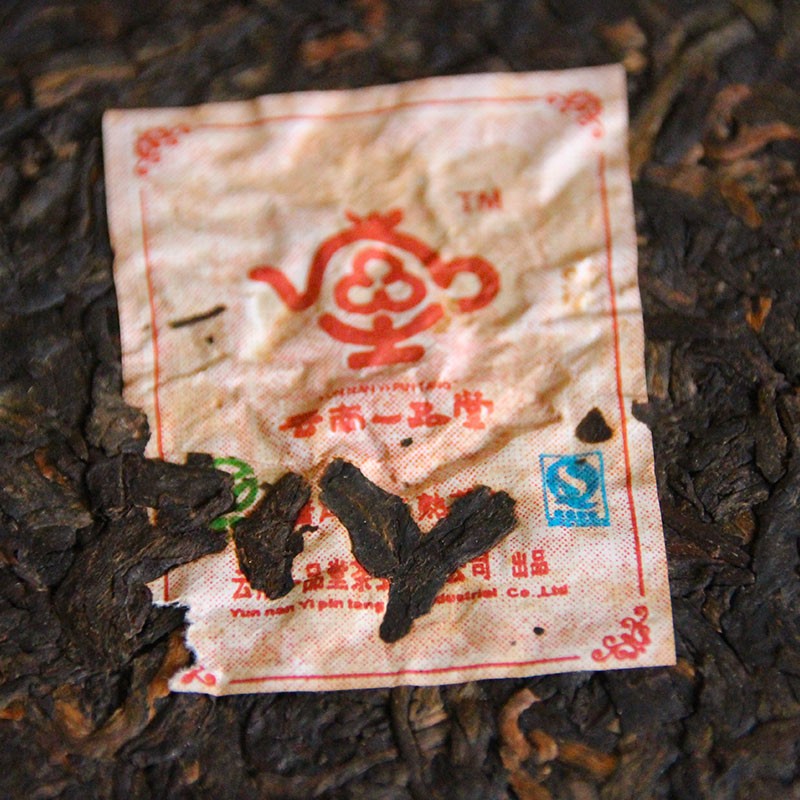



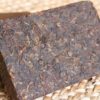

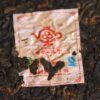

Yi Pin Chayun brick 2008 Shu (cooked) Puer Tea 250g
69.70€ Taxes included
Yi Pin Chayun puer tea is a product consisting of fermented tea leaves pressed into a traditional tile shape for easy transport and aging. The infusion of these leaves possesses some of the classic shu puer flavors with an unusual added feature: a lavender-like floral note, making it extremely interesting and unique.
In stock
Purchase & earn 63 points!
SKU: B1020631
Categories: COLLECTIONS, Puer Shu Cotto, Tea, Puer tea, TrovaPrezzi, 45% Off, Tea Ouer Shu
DON'T MISS DISCOUNTS AND NEWS!
Subscribe to our WhatsApp channel and receive all updates quickly and conveniently!
Subscribe to our WhatsApp channel and receive all updates quickly and conveniently!
The leaves of the Yi Pin Chayun brick 2008 shu puer tea come from the area of the Bulang and Nannuo areas located in southern China. To frame the puer tea category we need to better explain the area where these teas grow, since in most cases it is the area itself that gives each tea its distinctive name.
In our case we are in the eastern part of the Yunnan region (famous precisely for puer production) in an autonomous prefecture called Xishuangbanna. Here in the Menghai region, this tile was produced in 2008 by the Yi Pin Tang factory with a precise recipe to create this product ad hoc.
Given the two major areas of origin of the leaves that make up this tile, we will have a particularly rich brew with very varied flavors. Tasting the tea in the cup, in fact, we will first be able to smell a dry, almost irony-like scent, followed by a barrel-wood flavor that shortly afterwards will reveal floral notes of lavender that are very distinctive for a shu puer. In addition to these characteristics, there will be a slight taste of moist earth and a mineral note that in the aftertaste will leave a fresh sensation on the palate.
Place of origin
Areas of Bulang and Nannuo – Yunnan, China
Production
After harvesting, the leaves of the Yi Pin Chayun brick 2008 puer shu tea are allowed to wither in the sun for a certain amount of time at the producer’s discretion before going through the oxidation-blocking stage, which is purportedly similar to that used to produce green teas. The special feature in this case lies in not heating the leaves as much as is done for a green tea so that certain enzymes are preserved that will modify the flavors over time. Once cooked, the leaves are taken in large quantities and stacks of them are made about 40 to 50 centimeters high then covered with a cloth under which the fermentation process will take place. Here the producer will have to skillfully move the leaves around and wet them as they go so that fermentation advances steadily and is distributed as evenly as possible. Once this processing, which can take 20 to 70 days, is finished, the leaves are expanded and left in contact with the air so that the microorganisms dry out and die, leaving the finished product. The resulting mass of leaves will be pressed in order to facilitate better transport and aging conditions. To press the leaves, they are invested by a strong jet of steam that is able to soften them externally without changing their internal moisture, and once this state is reached, it is enough to put them in a bag and close it very tightly around them to give them the desired shape. To fix this shape over time, the bag is left for hours under a stone or mechanical press while the leaves lose that vapor with which they had been in contact in the previous stage.
How to prepare
We strongly recommend infusing Yi Pin Chayun brick 2008 shu puer tea in the traditional Chinese method (gong fu cha) to best enjoy these leaves. Following this preparation, 5 grams of leaves can be used in a gaiwan of about 150 ml to make several infusions with different tastes. After a quick rinse of the leaves in water at 95-98°C, an initial infusion of 20 seconds can be made, and after that, keeping the water at the same temperature, the time can be increased each time by 5 seconds from the previous infusion (20 – 25 – 30 …).
These leaves could be steep about 9 times.
For a classic preparation according to the Western style, we recommend 3 grams of leaves in a 200-mL cup with water at 95-98°C for an infusion time of 3 minutes.
The tea can be filtered for greater ease at the moment of tasting, and also the infusion times indicated above are intended to be purely indicative, so you can also adjust according to your personal taste.
Store in a cool, dry place away from direct sunlight.
| Weight | 0.3 g |
|---|---|
| Dimensions | 0.000000 × 0.000000 × 0.000000 cm |
| Detail - Temperature | 95-98°C |
| Detail - Brewing | full-bodied |
| Feature - Caffeine | Low caffeine |
| Preparation - Gaiwan | 5gr x 150ml / 20-25-30… sec / 9 infusions |
| Preparation - Mug | 3gr x 200ml / 3 minutes / 2 brewings |
| Feature - Oxidation | Partial oxidation |
| Feature - Fermentation | Totally fermented |
| Other - Origin | China |
| Other - Taste | Woody/Floral |
| Other - Instants | Drink |
| Teapot | 8023222236318 |
| Season |
Still no Reviews for this Product
Related products
TrovaPrezzi
11.61€ Taxes included
Earn up to 82 points.
This product has multiple variants. The options may be chosen on the product page
6.90€ Taxes included
Earn up to 60 points.
This product has multiple variants. The options may be chosen on the product page
6.90€ Taxes included
Earn up to 25 points.
This product has multiple variants. The options may be chosen on the product page
12.80€ Taxes included
Earn up to 110 points.
This product has multiple variants. The options may be chosen on the product page
9.20€ Taxes included
Earn up to 81 points.
This product has multiple variants. The options may be chosen on the product page
7.00€ Taxes included
Earn up to 21 points.
This product has multiple variants. The options may be chosen on the product page
6.90€ Taxes included
Earn up to 25 points.
This product has multiple variants. The options may be chosen on the product page
10.40€ Taxes included
Earn up to 69 points.
This product has multiple variants. The options may be chosen on the product page





